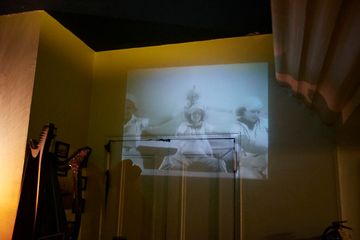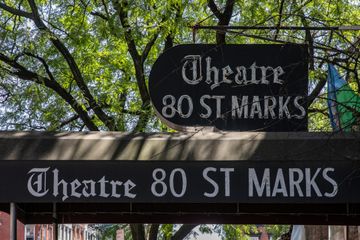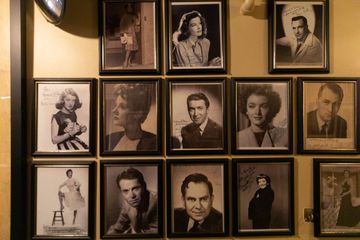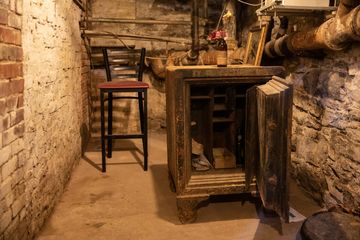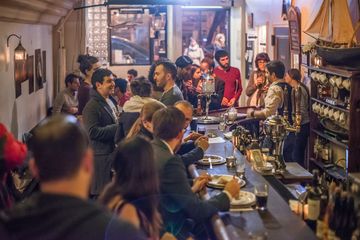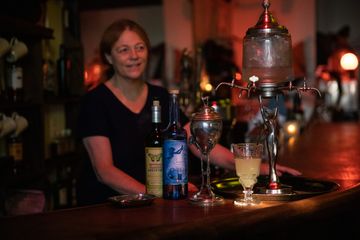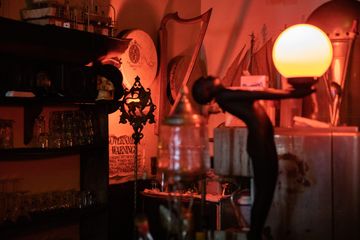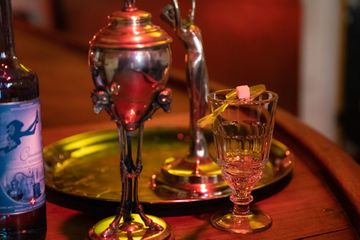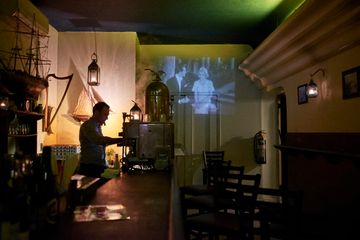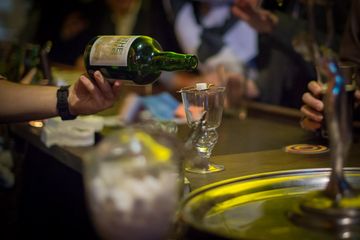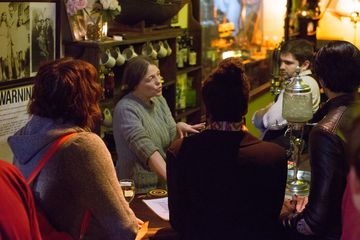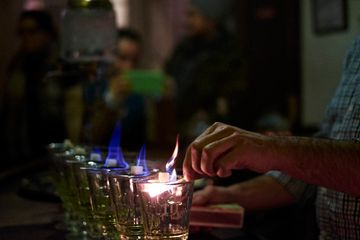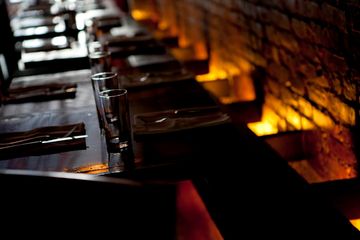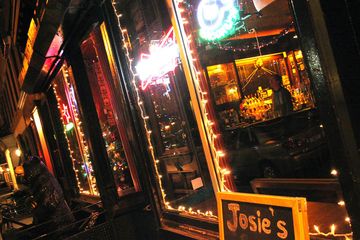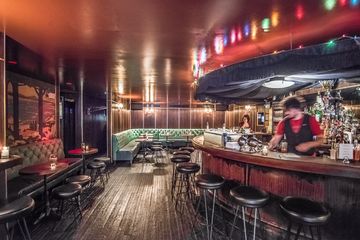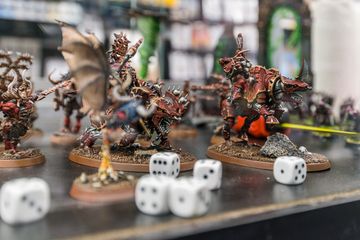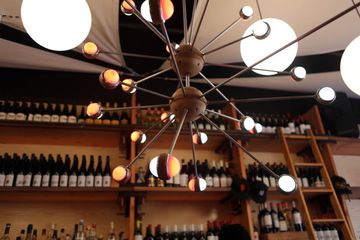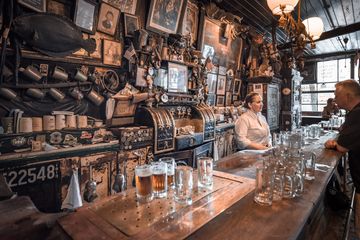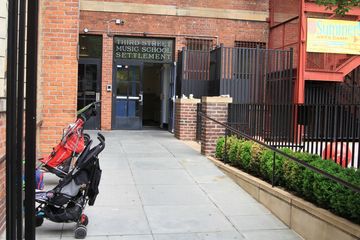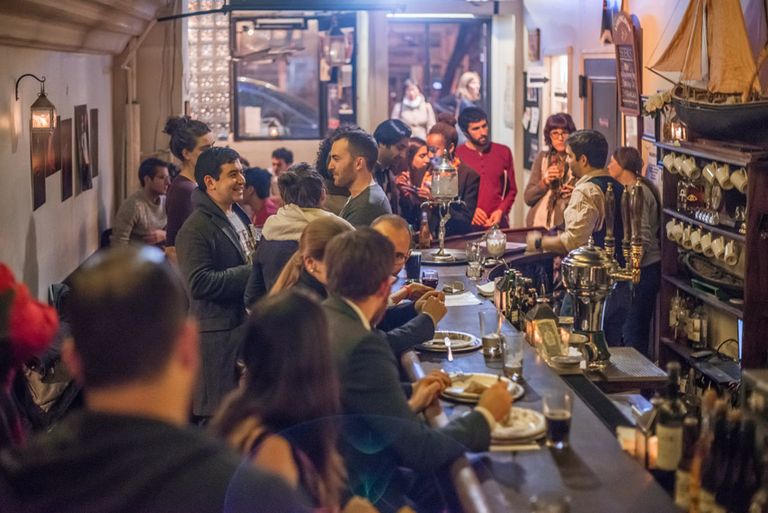
I have been visiting William Barnacle over the years - a tavern that specializes in absinthe and Scotch - since I first had the pleasure of meeting Lorcan Otway and his wife, Jeannie back in 2011. Each experience has been quite memorable. I never tire of hearing Lorcan share the history of the place. On one particular visit, I brought along members of the Manhattan Sideways team, who were quite pleased when Lorcan insisted that they each have a sip of his $100-a-shot Scotch from Islay. He explained to them that people can enjoy the experience of Scotch in so many ways. “The bouquet tells you something and the taste something else.” He went on to say that “[Single Malt] Scotch is better than [blended] whiskey as it is a work of art – a transcendent experience.”
Lorcan is especially interested not just in the quality of what William Barnacle offers, but also the creativity and presentation. They serve fourteen types of Absinthe, sourced globally, and are always happy to talk to people about the rich history of this drink - illegal in America between 1912 and 2007. William Barnacle prepares absinthe traditionally, and “properly serves” each drink after one to two minutes of attentive preparation. “It’s a sipping drink, so it should be prepared slowly and carefully,” Lorcan explained. Other than their extensive and unique drink selection, the tavern is also known for its artisanal sandwiches - which combine quality ingredients from around the world - events including Traditional Irish Music Monday, and, of course, its atmosphere. Lorcan described William Barnacle as the “kind of tavern you would want to be at.” He went on to say that with no loud music or television, people are free to talk, eat good food, have a good time, and learn about its long history.
The tavern was "probably" built in the 1830’s, but the city had destroyed the records so Lorcan has never been able to confirm this. He knows every inch of the space, and is working on having it declared an historic site. In the 1960’s, his father, Howard Otway acquired the building that also houses Theatre 80, from the same people that originally ran the place as an illegal nightclub during The Prohibition Era. Wearing our hard hats, we followed Lorcan down the steps into the basement, in which smuggling tunnels, booby-trapped rooms, escape routes, and one corner in which the river-stone foundation - leftover from the space’s origin as a cabin built by a Dutch man in the 1630’s - are visible. Lorcan then walked us through the history of gangsters in America, giving us context to the building’s original purpose, at the adjoining Museum of the American Gangster.
William Barnacle has a strong connection to the East Village. Between the thirty signatures signed by stars on the street outside - each tied in some way to the neighborhood - its impact on New York's theater, museum, and tavern culture, as well as that Lorcan's father had planted the first trees on St. Marks Place, it is easy to understand why Lorcan described 80 St. Marks as an “anchor in the neighborhood.” He has certainly gone above and beyond his goal to “keep it relevant to the moment, while preserving the past.”
